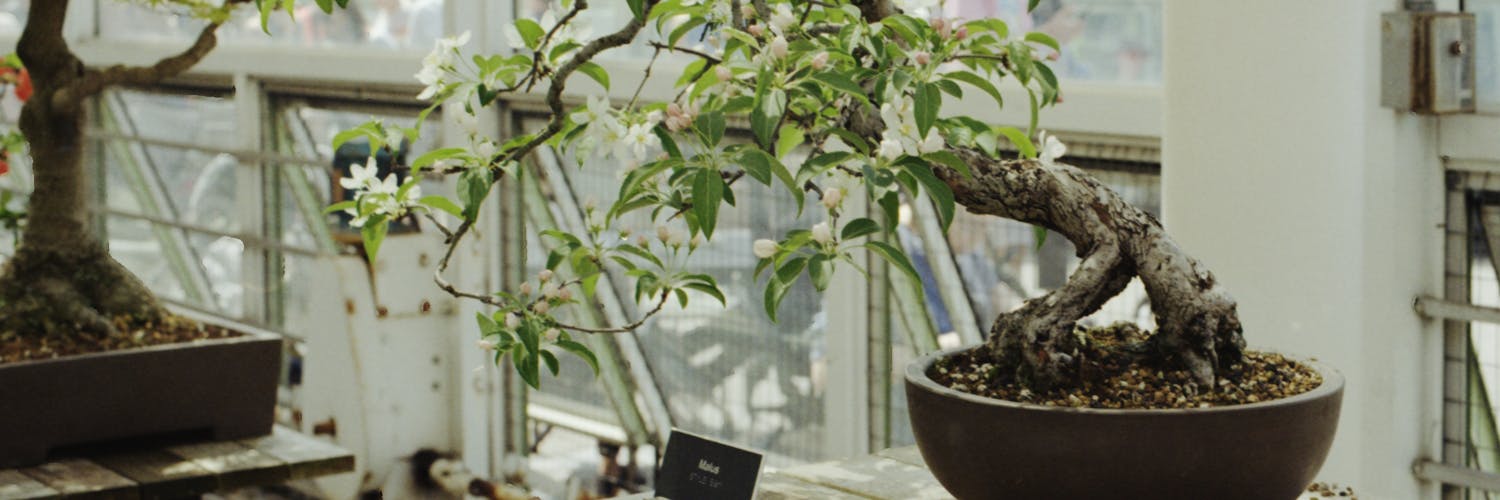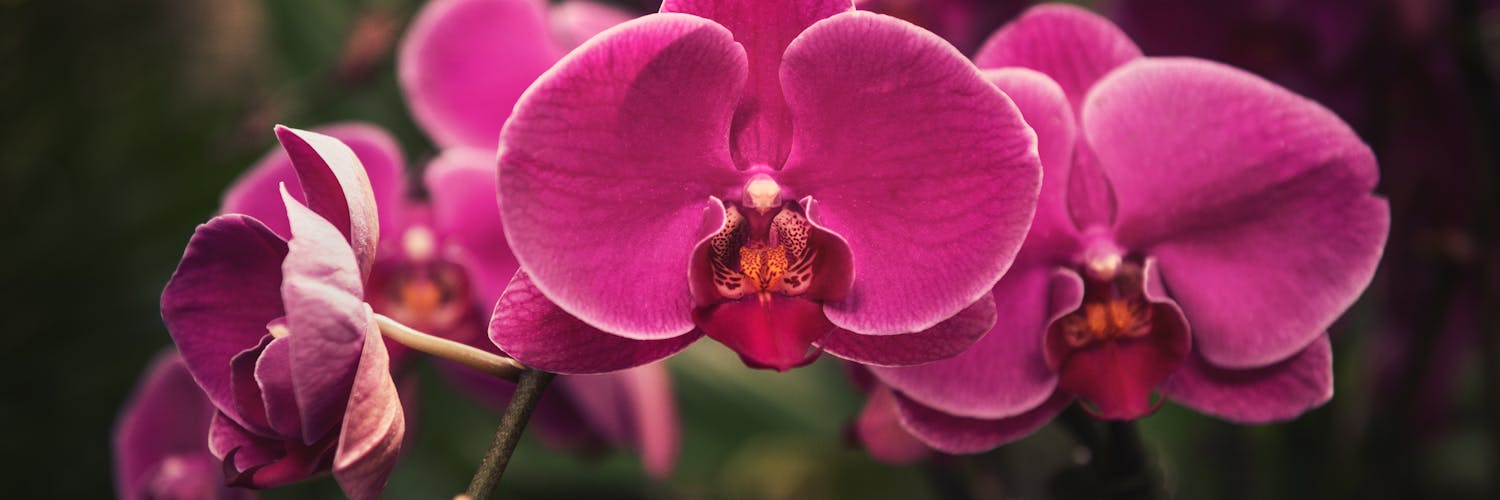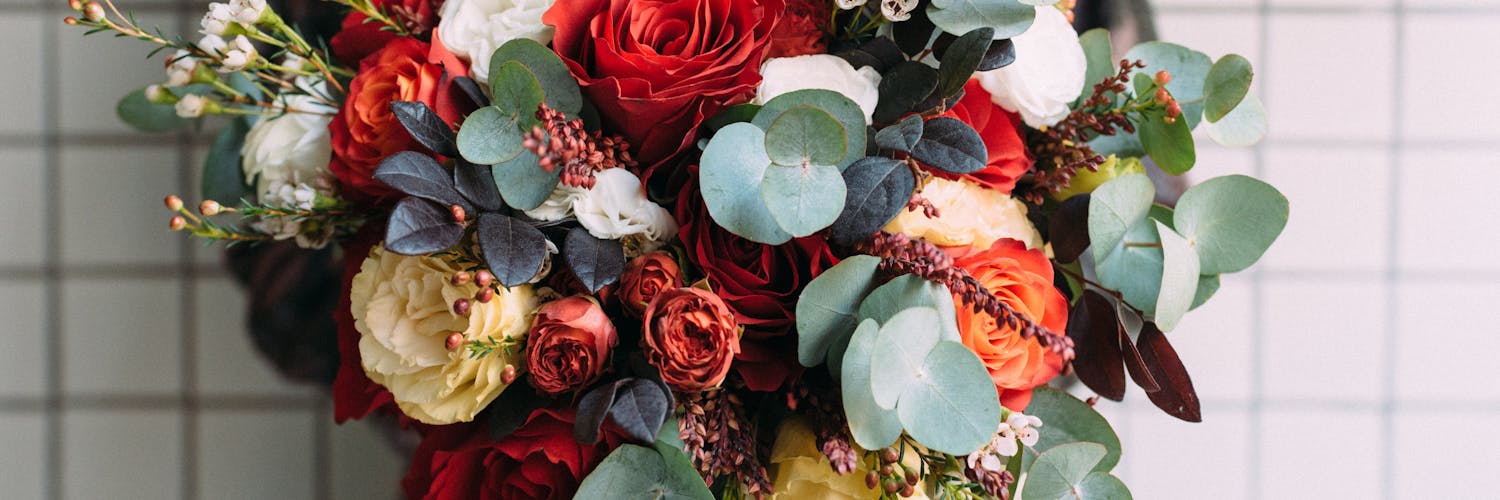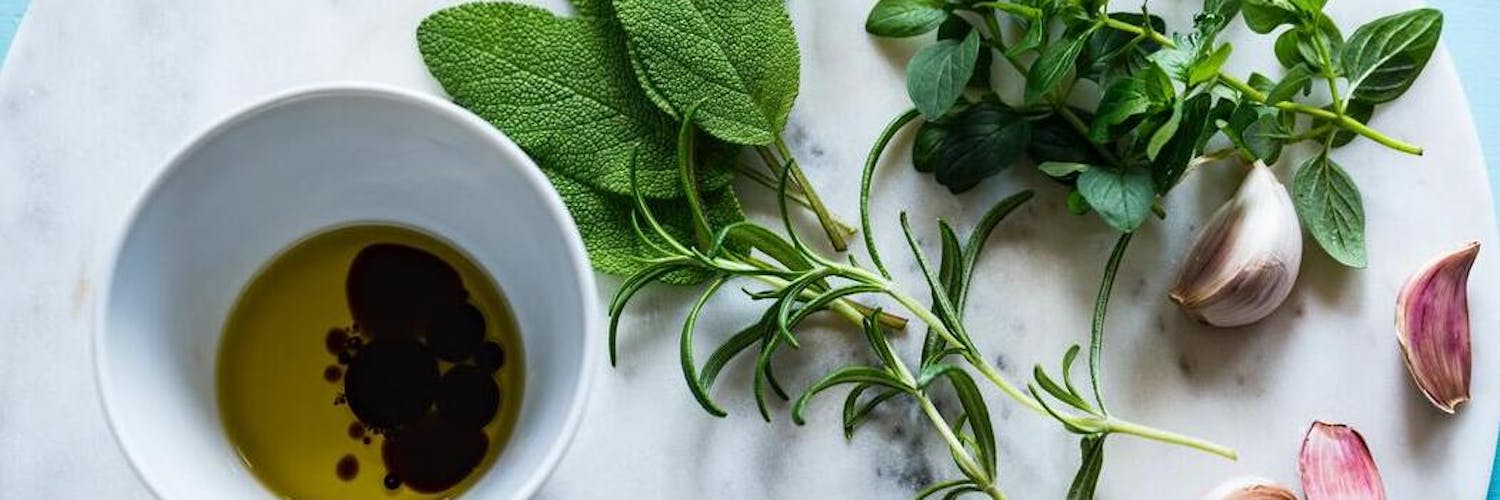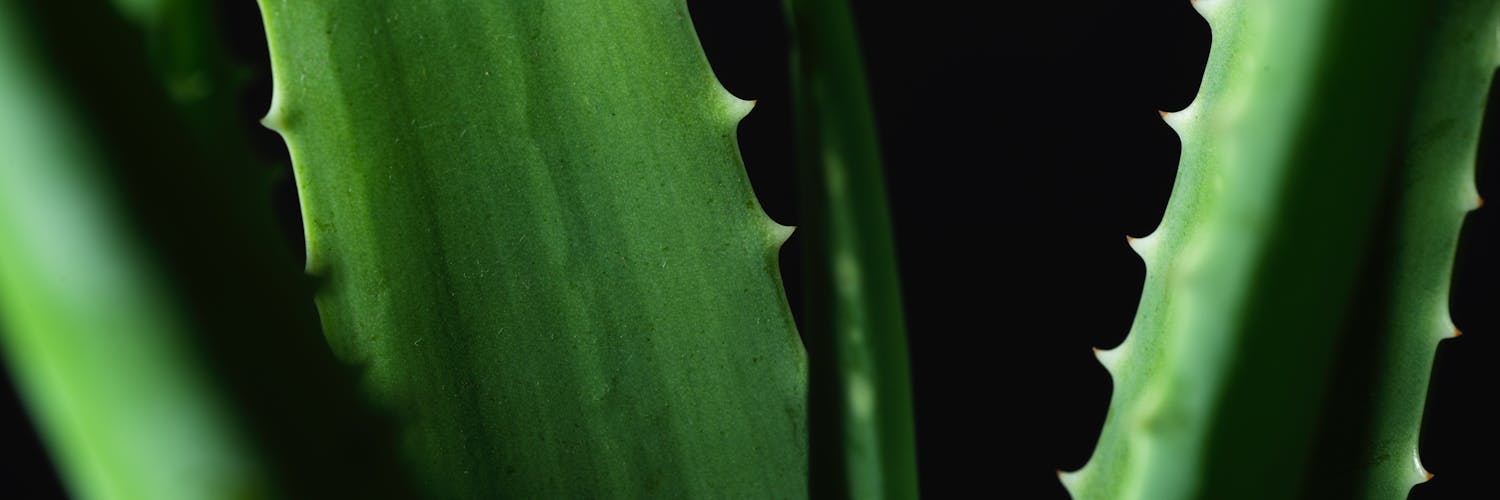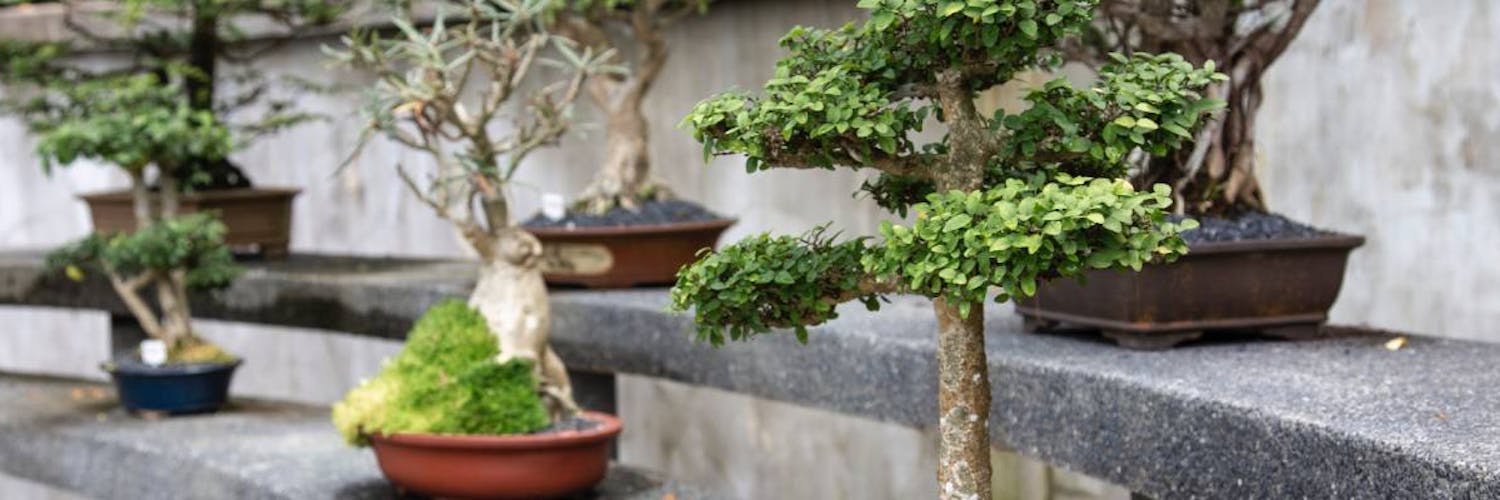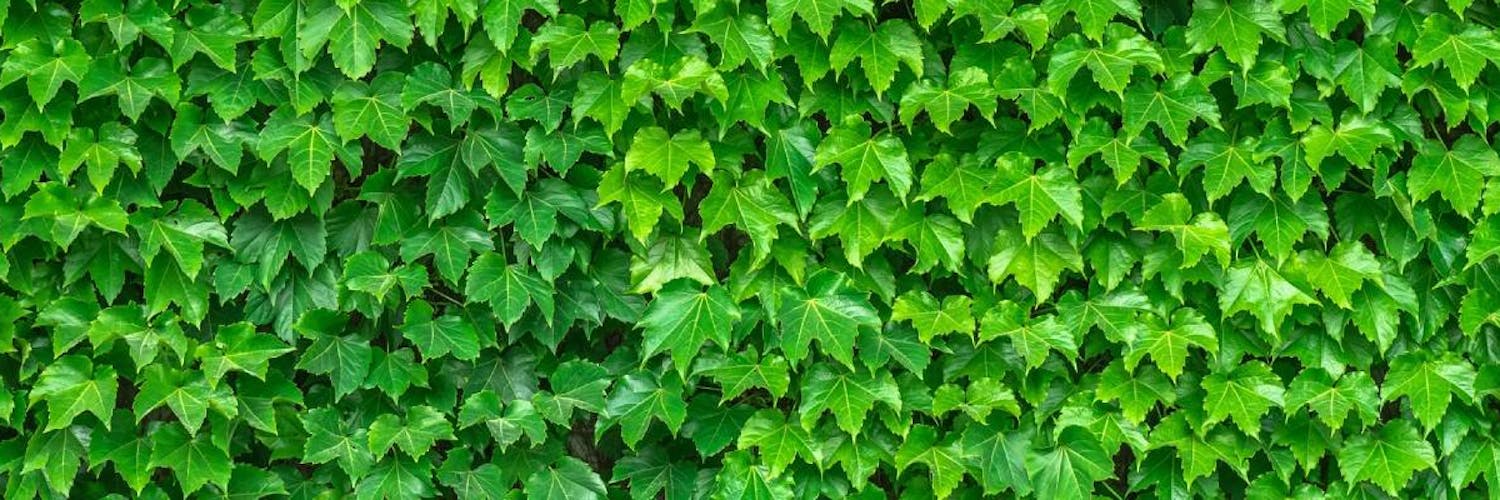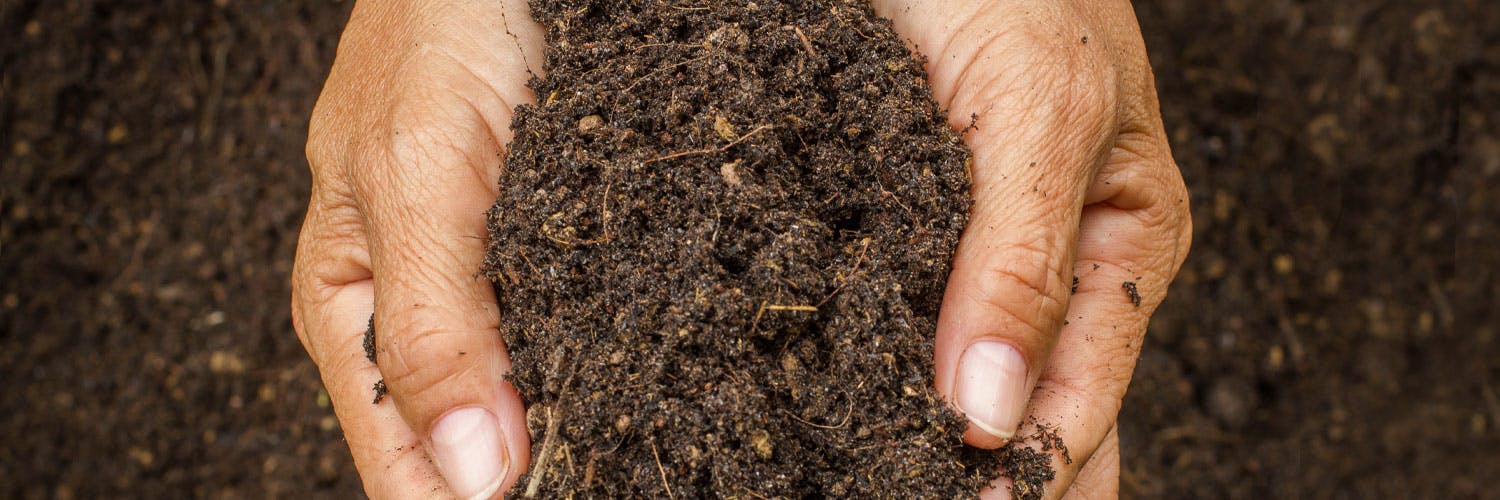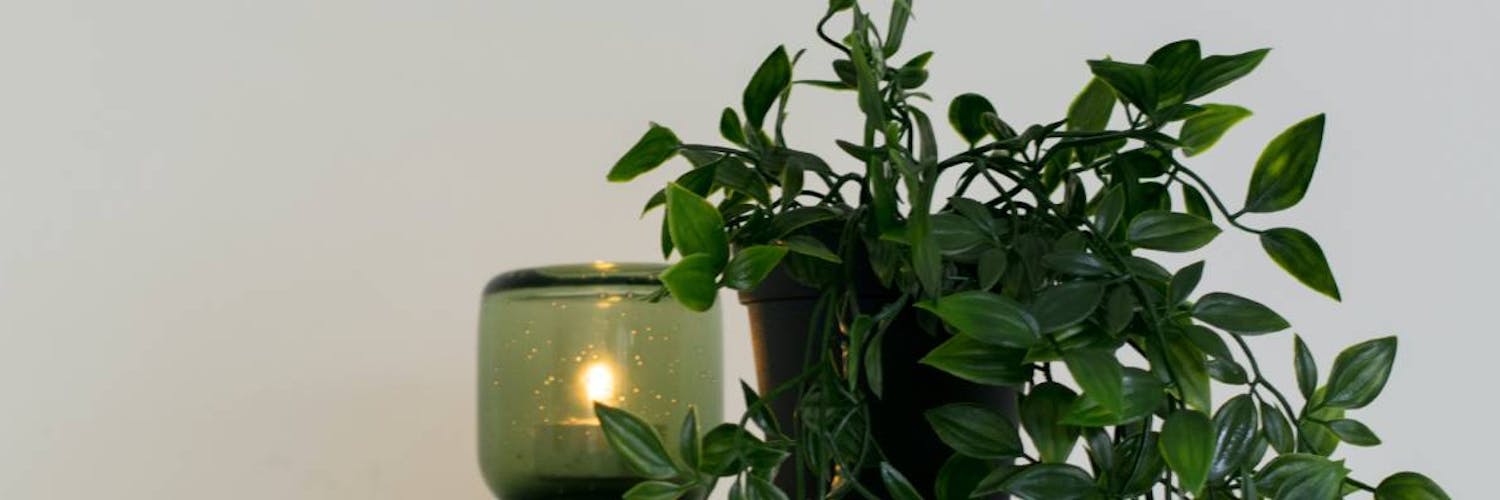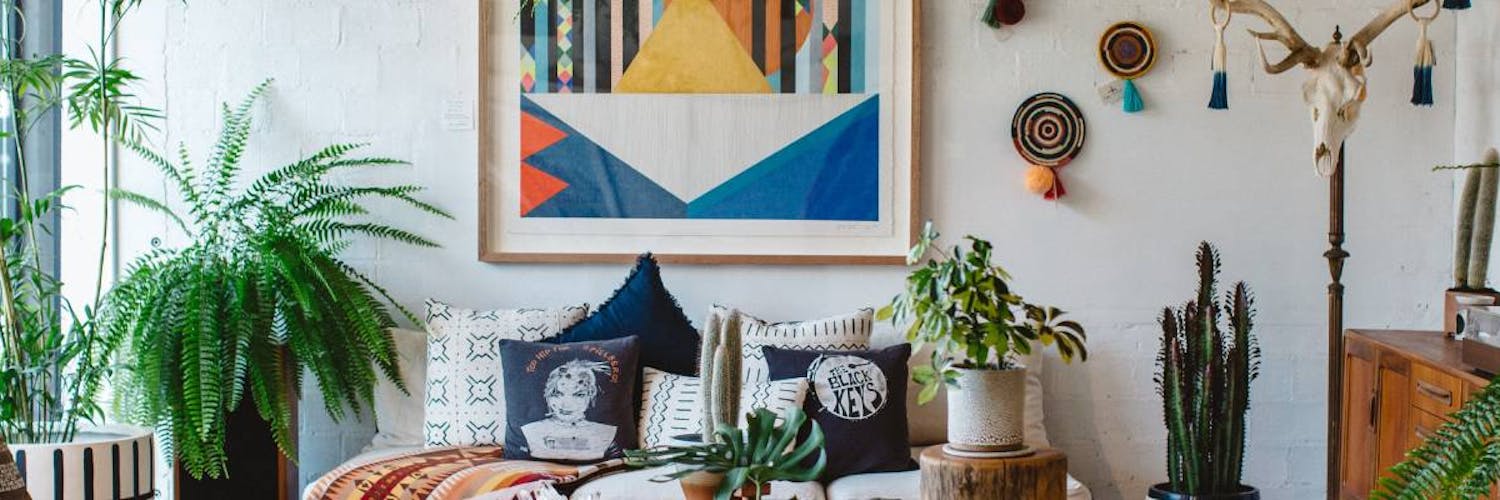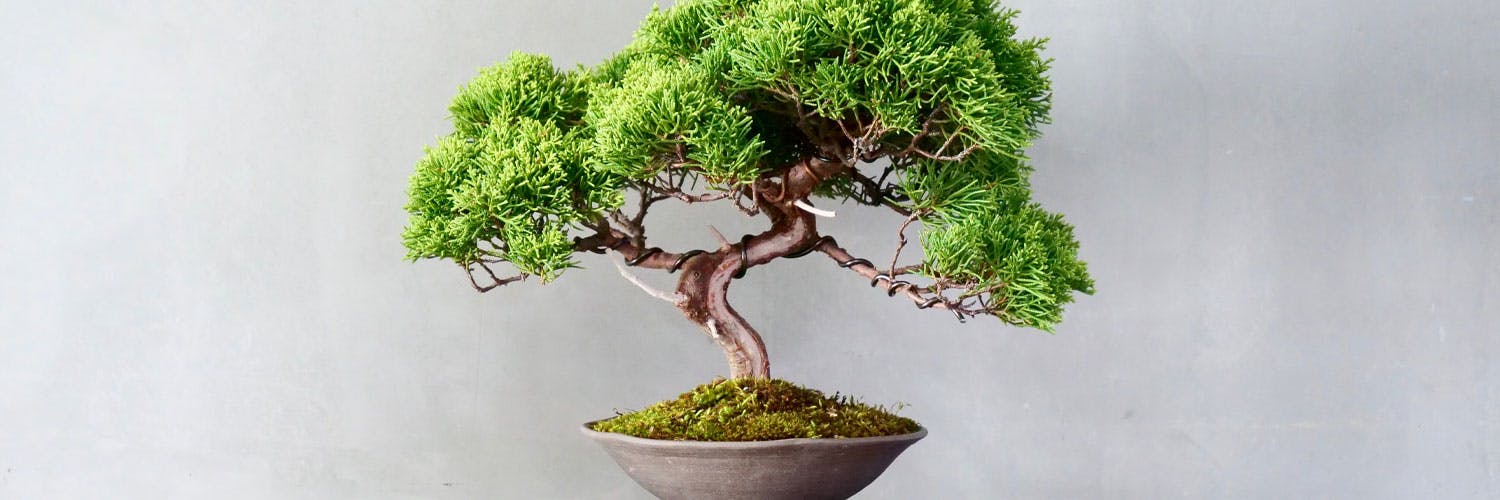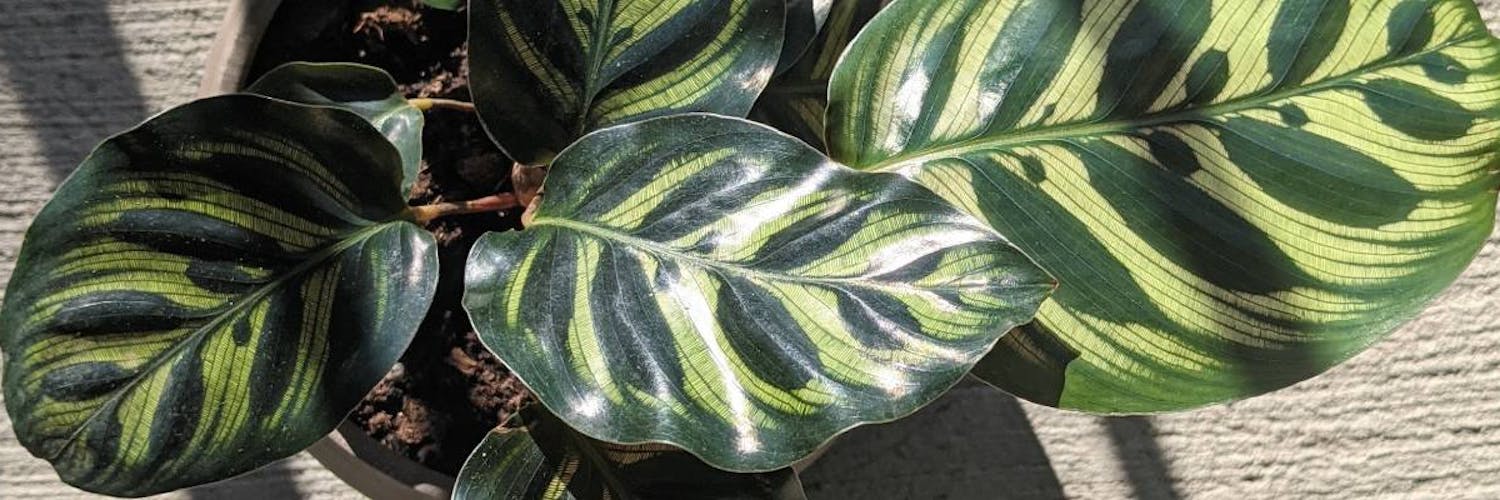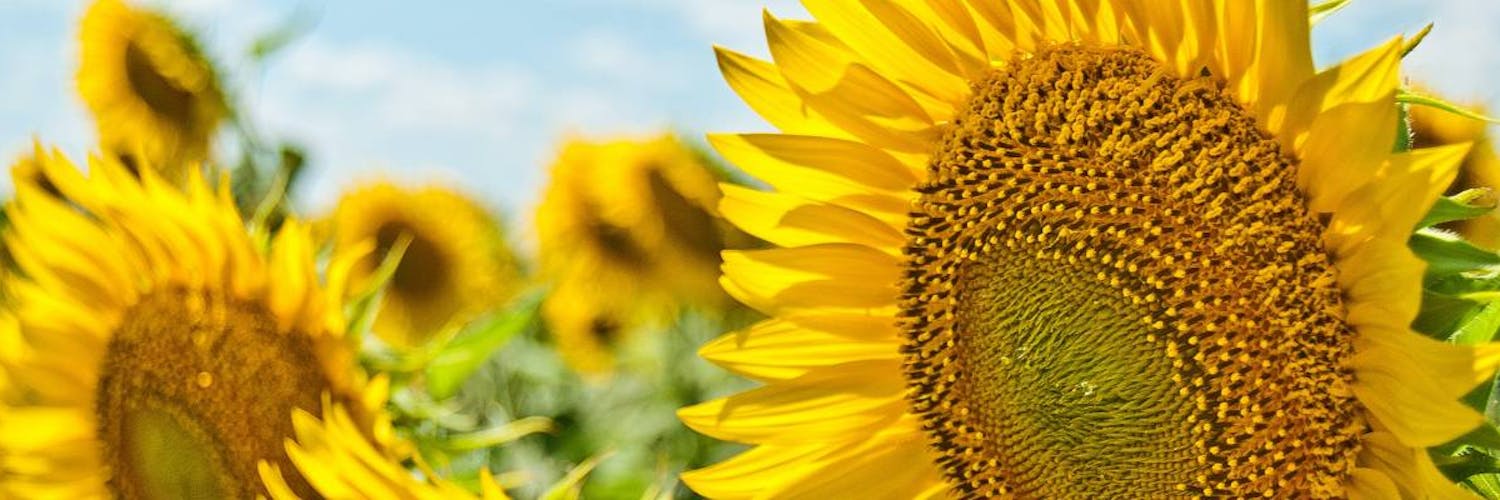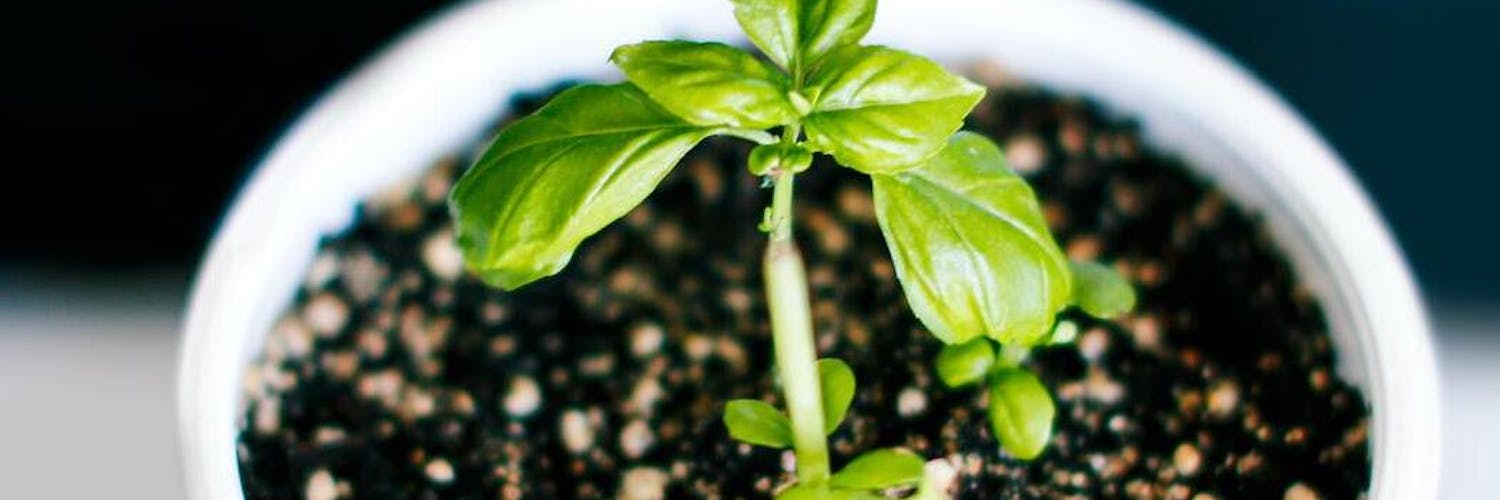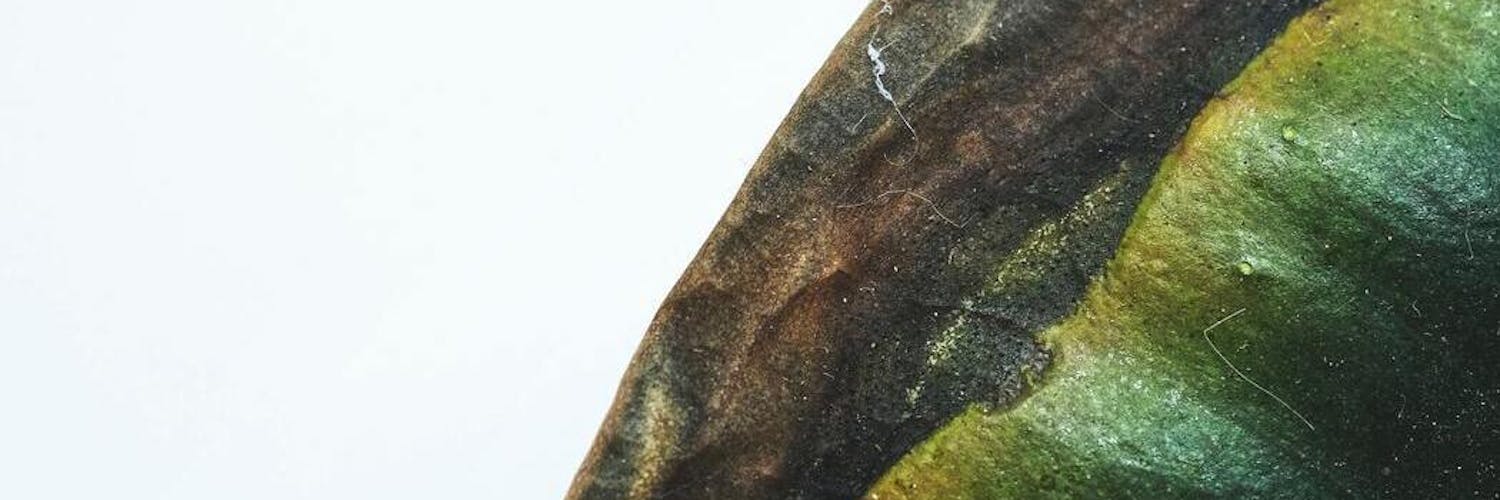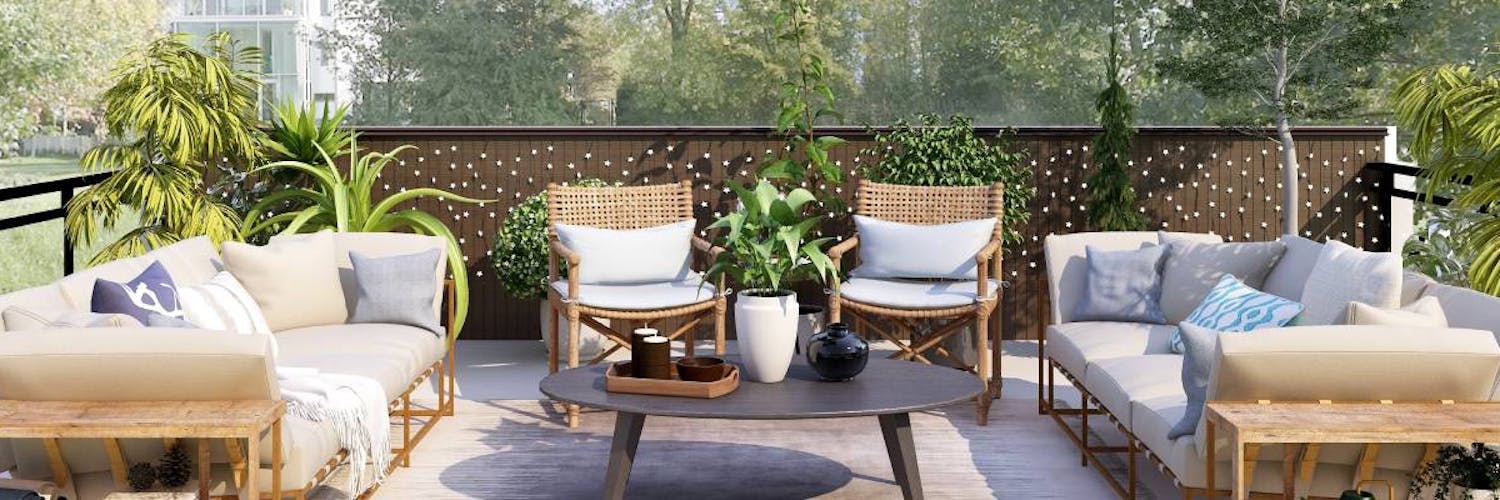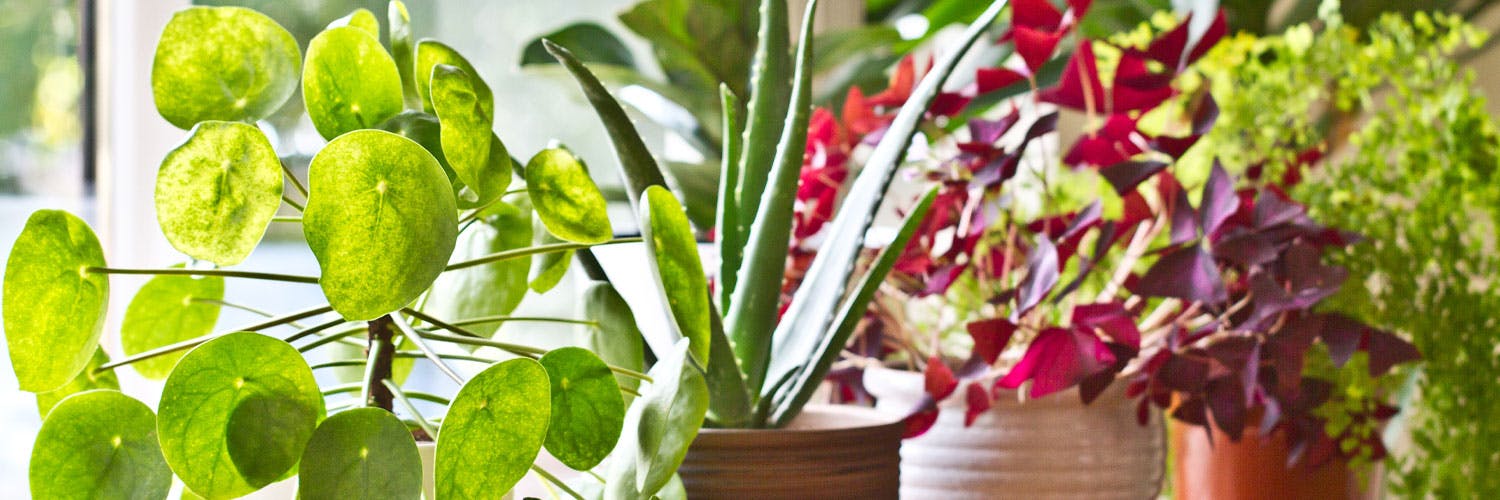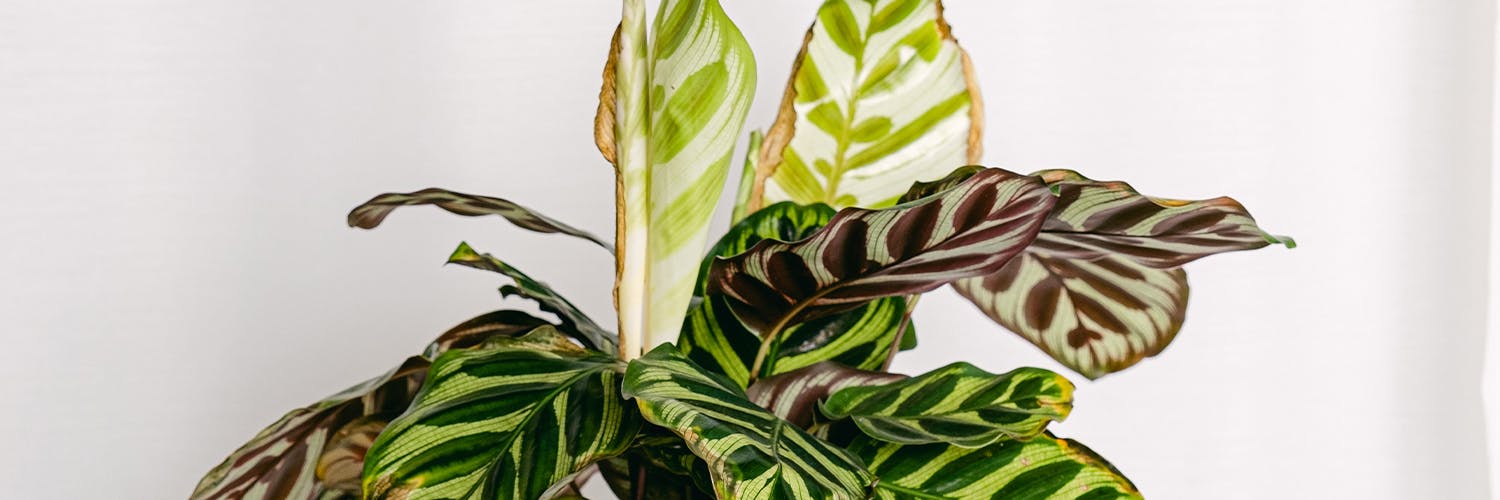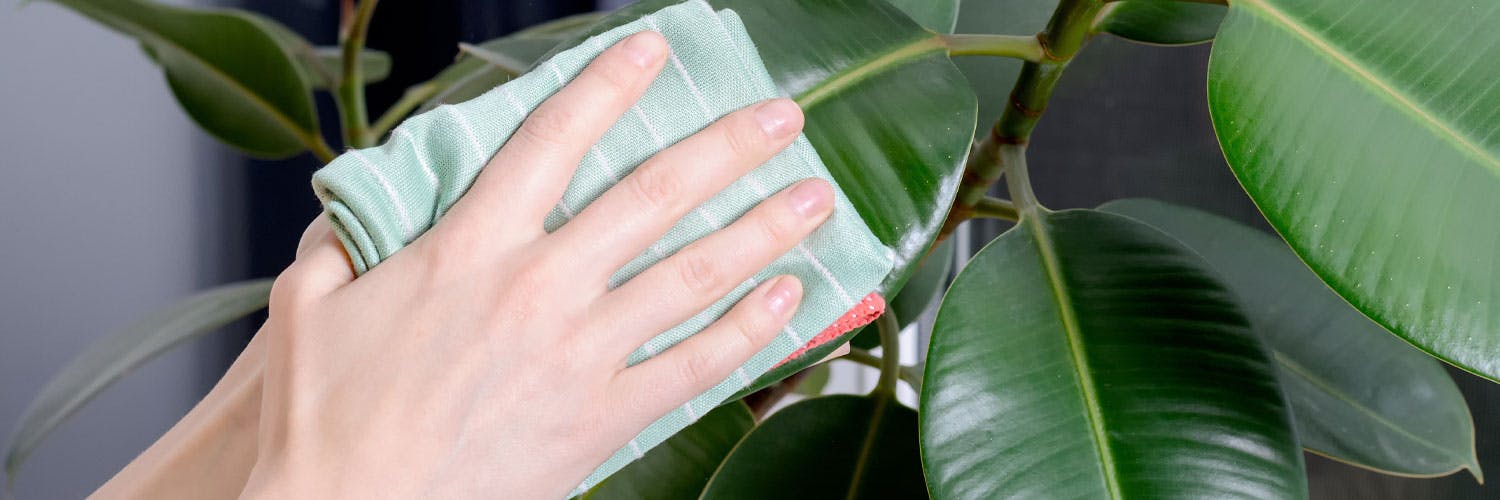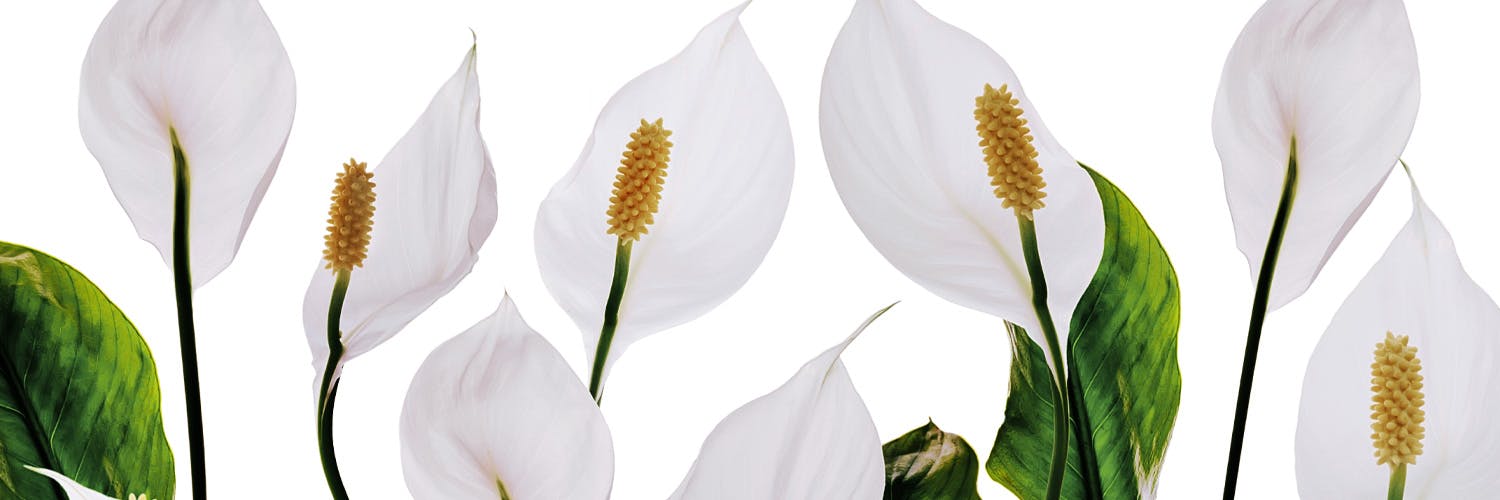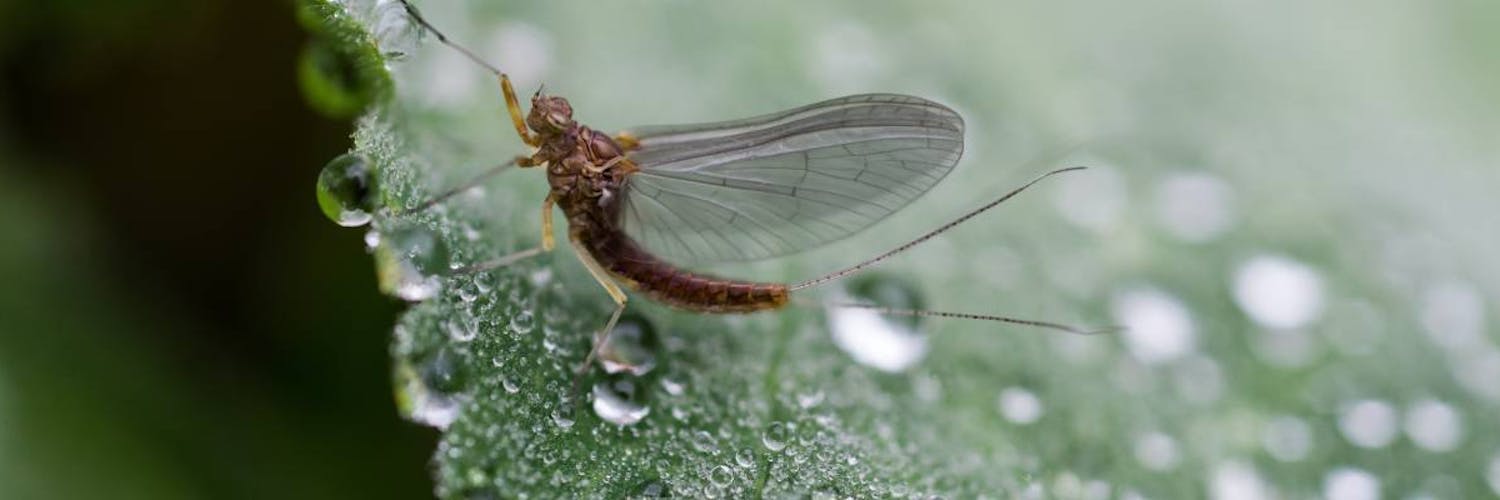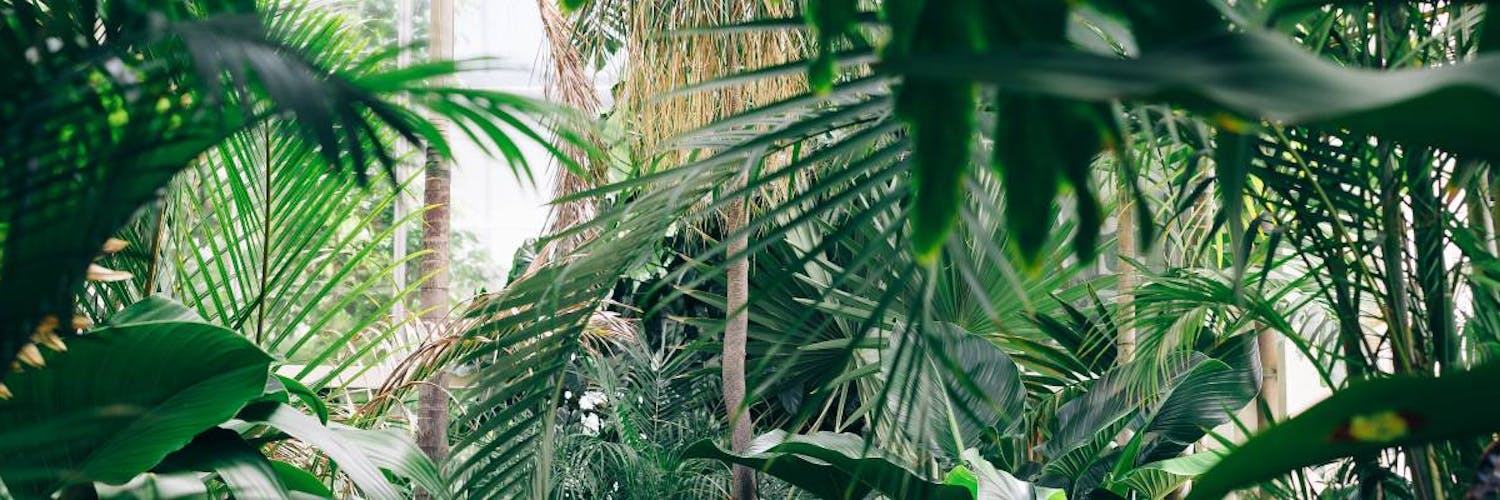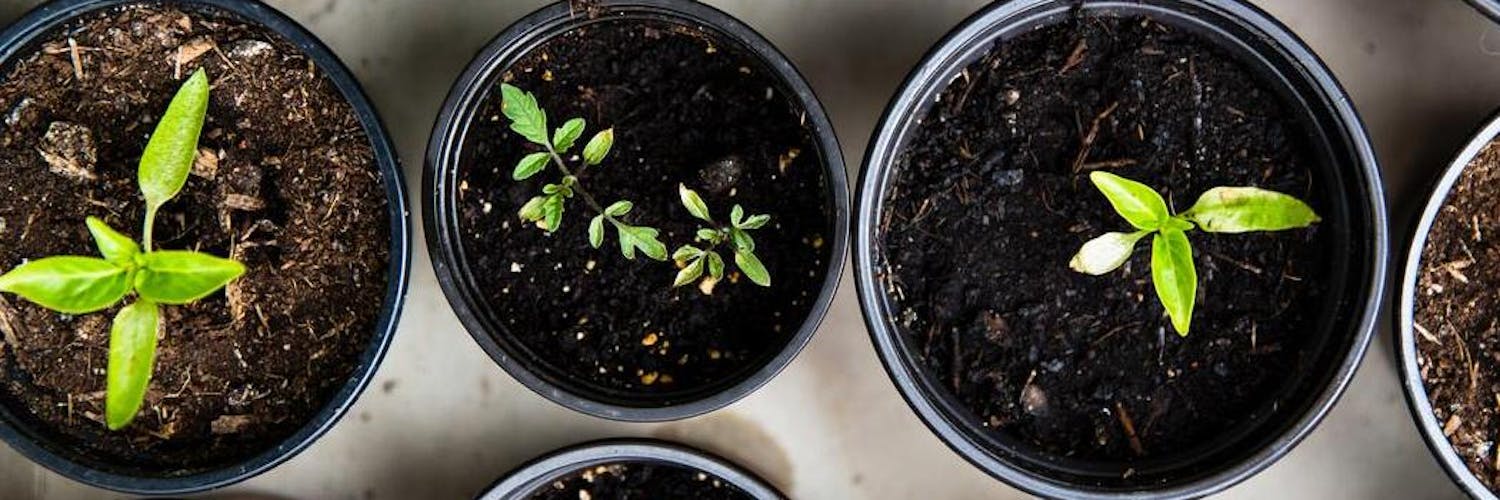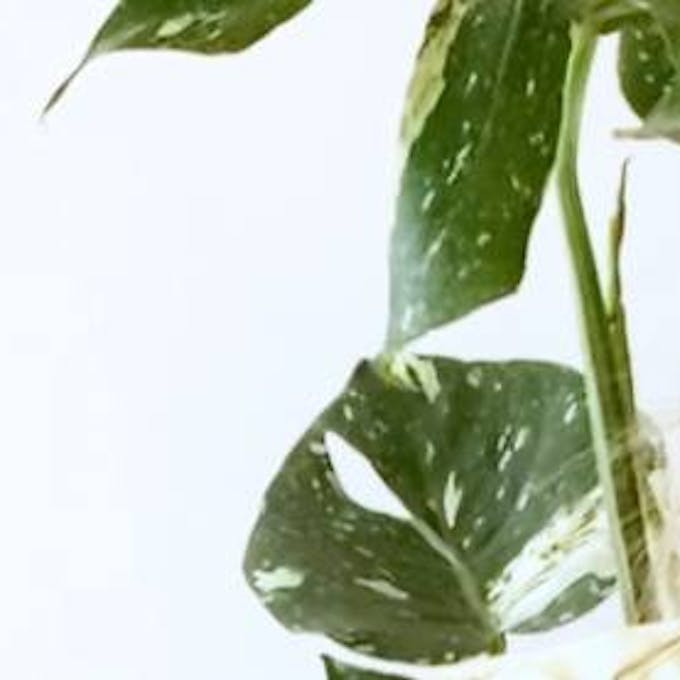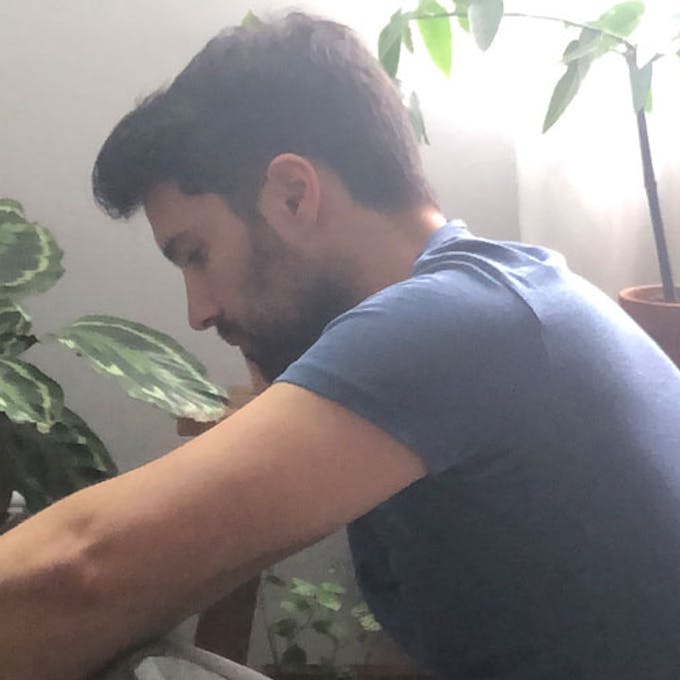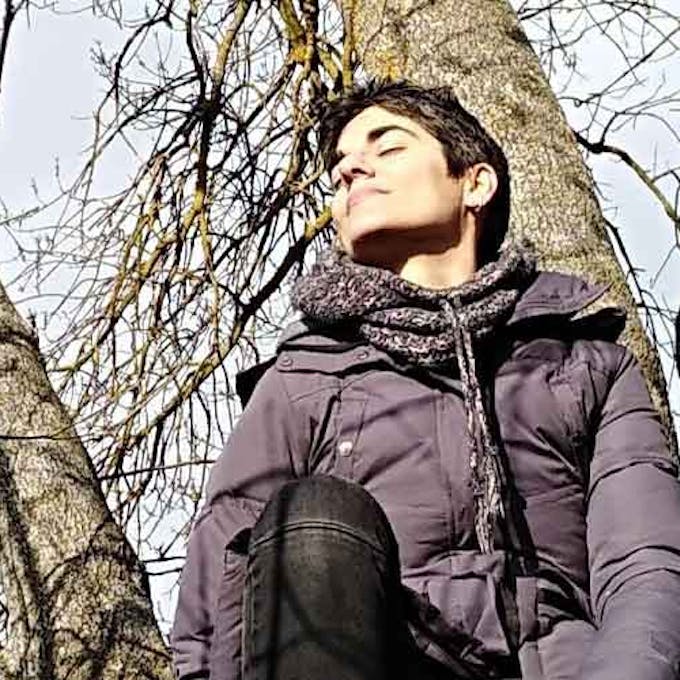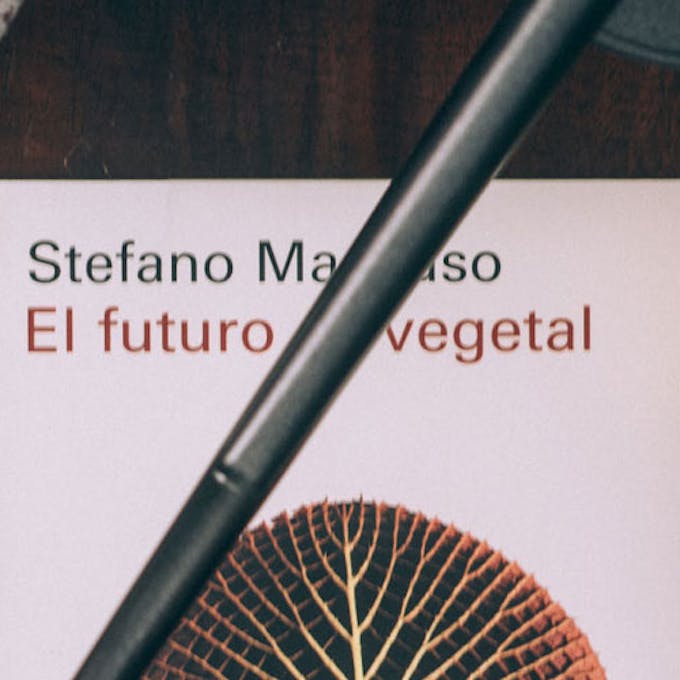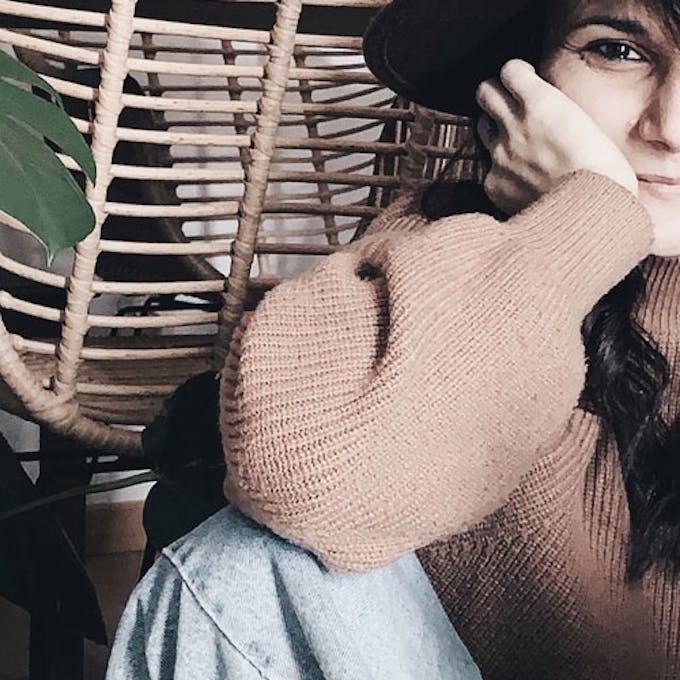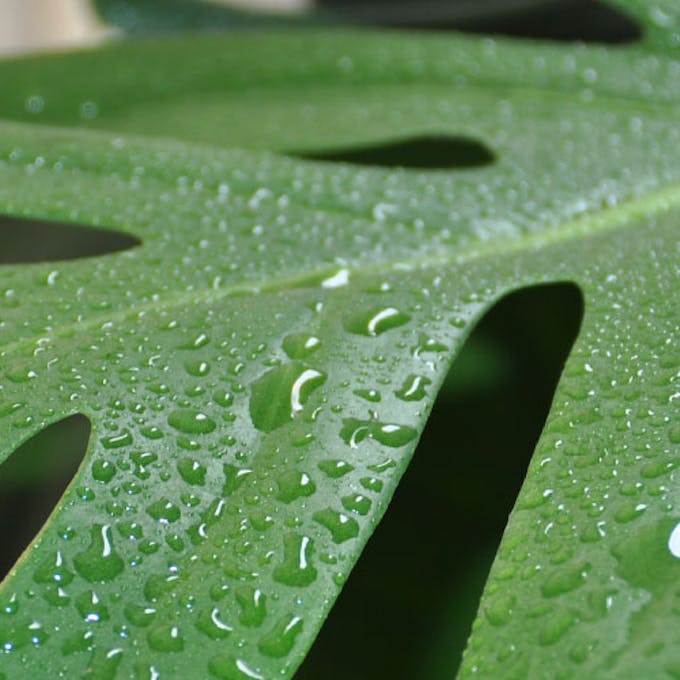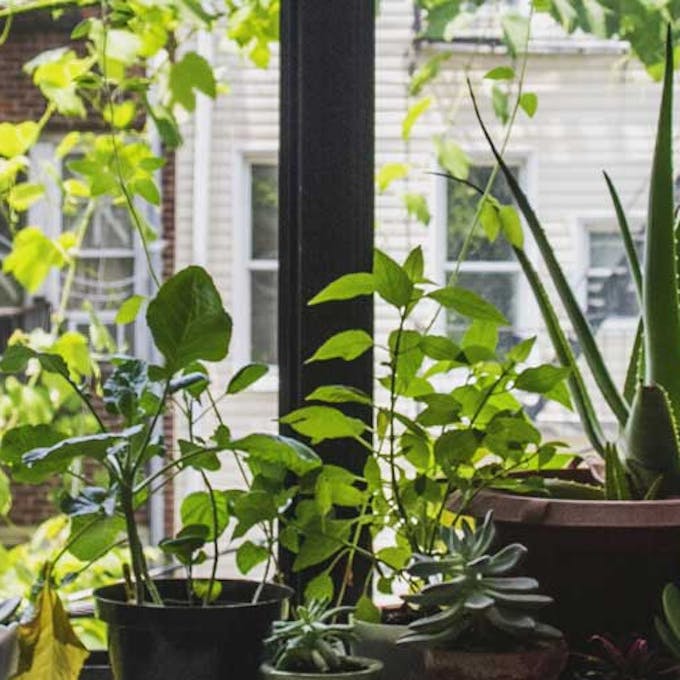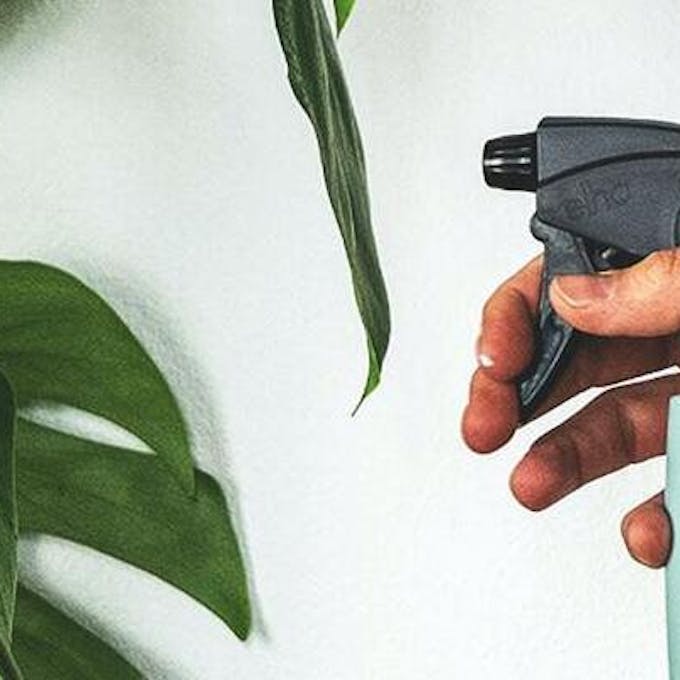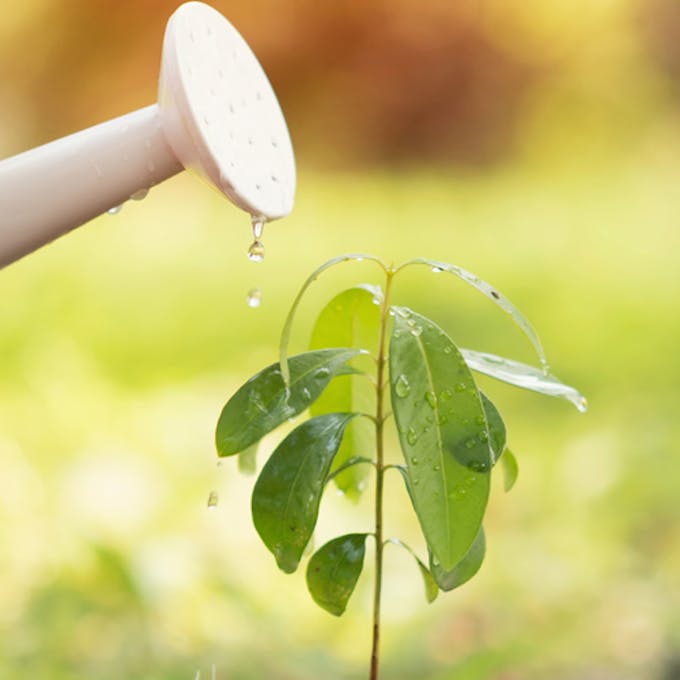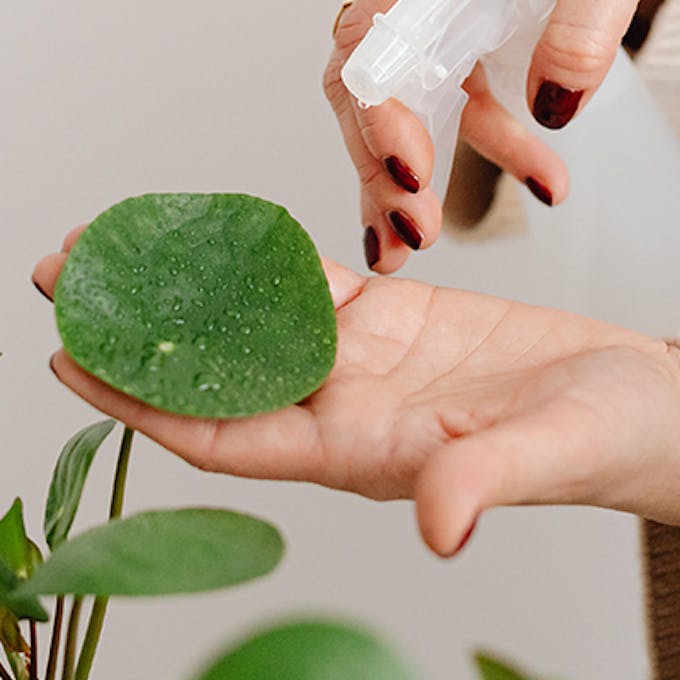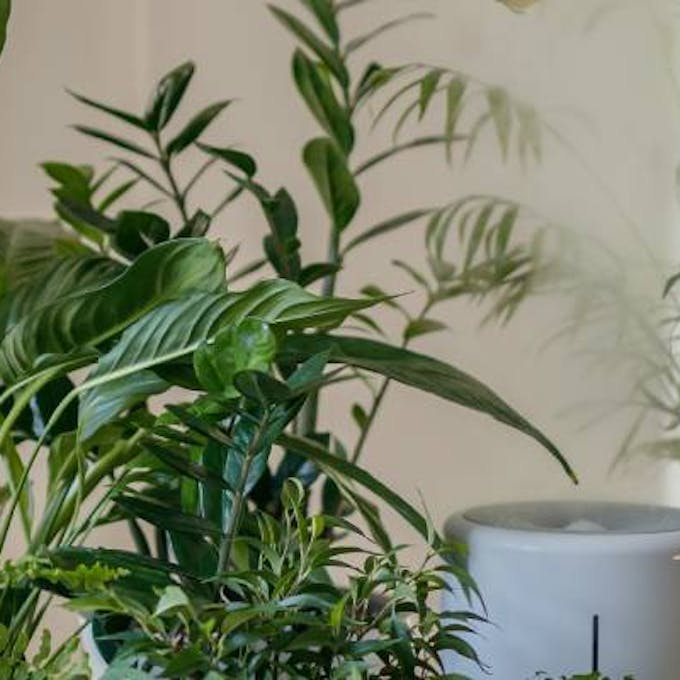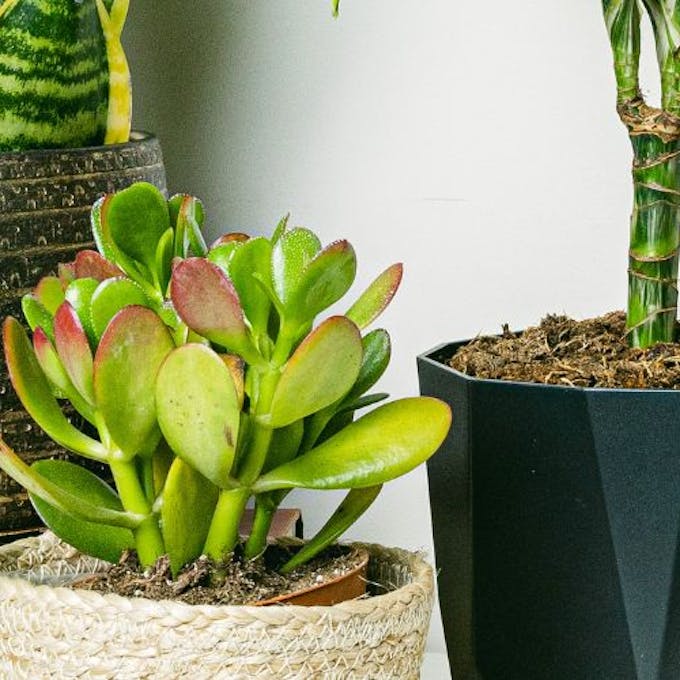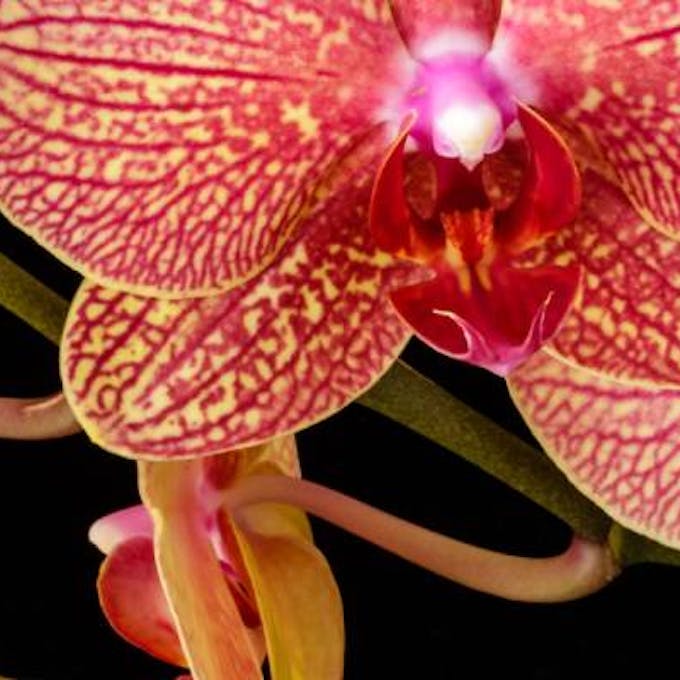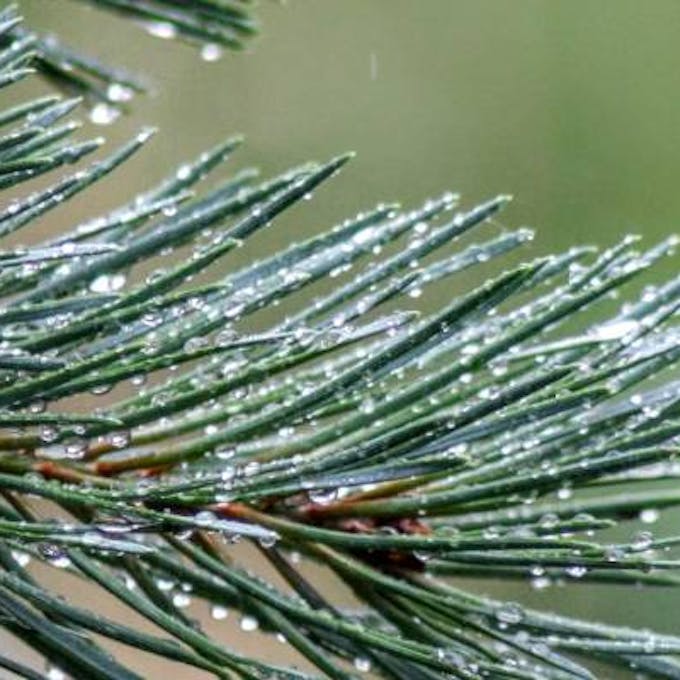Subscribe and get a 10% discount!
Growing plants is easy with Be.Green
Related articles
How to achieve perfect growth in your Carmona Bonsai
Find out which plant reflects your inner strength
Alocasias: the plants that are revolutionizing the world of gardening
Dama Citronella: A must-have plant on your balcony or window
The importance of light in the growth of your Aeonium arboreum
Plants Full of Love: How to Make Your Birthday Gift Special
The fern: a perfect choice for bringing boring spaces to life
Bring a touch of nature to your home with these houseplant decorating ideas!
Learn how to choose the perfect substrate for your houseplants!
The azalea: a plant that beautifies your home with its delicacy
Discover 10 creative ways to decorate with the popular Monstera plant
Get your areca palm ready for summer! Tips for taking care of it in high temperatures
Make your home a green oasis: a practical guide to choosing the right houseplant for your space and pets
Learn about the ideal care to make Calathea Roseopicta look radiant
The Syngonium White Butterfly: A tropical plant that improves indoor air quality
Tips to make the most of natural light when taking care of your pachira